How to Repot a Monstera — A Gardening Expert's Guide to Breathing New Life Into Your Plant
Grant your lush décor addition a new home and make the most of its active growing season this spring in five simple steps


Every self-professed green thumb owns — or has owned at some point — a Monstera, and it's no secret that its sculptural, sprawling green leaves and fast-growing structure are enough to make it a plant lovers' favorite. Originally from the tropical rainforests of Central and South America, and particularly present in countries like Mexico, Guatemala, Costa Rica, and Panama, Monsteras, also known as Swiss Cheese Plants for their perforated fronds, are the ultimate trick to quickly transform your home into a living jungle.
Being Monstera plant care rather low maintenance compared to the level of attention required by other specimens (keep them in a well-lit corner of your house away from harsh, direct sunlight and water them exclusively when the soil is completely dry, and you'll see them thrive), Monsteras are some of the best houseplants for beginners. While it's true that Swiss Cheese Plants resist most pests and diseases and promptly readapt to most temperate domestic environments, this doesn't mean you shouldn't excercize some necessary precautions when looking after one of them.
Given its generous annual growth, knowing how to repot a Monstera, for example, is just as fundamental to its survival as placing it in the right location, recognizing if its roots are rotting, and being aware of the specifics of different types of Monstera plants, or so says Simplify Gardening's Tony O'Neill. Keen to learn how to repot a Monstera? Scroll to find out what our go-to gardening expert wants you to know.
How to Repot a Monstera

Learning how to repot a Monstera, and doing it correctly, isn't as complicated as it might seem at first glance, but it does require the right tools. "Fresh potting soil, a new pot that's two to three inches larger in diameter than the old one, scissors or pruning shears, and gardening gloves will do the job," Tony tells me. As for the actual process, he summarizes it into five easy steps.
1. First, "you need to gently remove the Monstera from its current pot," he says.
2. Then, "you'll have to trim any excessively long, or rotted, roots carefully."
3. Once roots have been taken care of, "place a layer of fresh potting soil in the new pot," adds the gardening expert.
4. "Set the plant in the new pot and fill around it with more potting soil, tapping down softly to remove any air pockets."
5. Finally, "water thoroughly and place the plant in a well-lit area," he concludes.

Nelson-based gardening expert and best-selling author Tony O'Neill is an educator with a thriving YouTube channel followed by 440,000 subscribers, and with 1.4 million monthly views. The founder of award-winning website Simplify Gardening, he shares his passion for gardening and sustainability with the public, making them both contagious and digestible for his readers. His books, which include Simplify Vegetable Gardening, Composting Masterclass, and Your First Vegetable Garden, seek to "empower individuals to cultivate their own green spaces".
How to Know if Your Monstera Needs Repotting?

Like with all plants, the key to understanding when and how to repot a Monstera lies in careful observation. Roots peeking through drainage holes, slowed growth, rapidly drying soil, cracks on the vase, and a precarious balance are only some of the most evident signs that it's time to move your green companion into a wider pot.
When any of these red flags are present in your plant, it only means one thing: your Monstera is screaming for some extra space. This typically occurs after one to two years since you've last repotted it, particularly following its active growth season, when Swiss Cheese Plants are in full bloom and expand at a much faster rate.
What's the Best Time to Repot Your Monstera?

Traditionally, early spring is considered the best time to repot a Monstera plant, and that's because it coincides with the beginning of its active growth season, which terminates in the fall. People should avoid transplanting it during the winter months, when Swiss Cheese Plants tend to rest and are exposed to colder temperatures, as this would harm their well-being, potentially leading to yellowing leaves and an increased risk of root rot.
In short, knowing how to repot a Monstera doesn't just mean actually knowing how to do it, but also involves understanding the conditions that need to be met in order for the transfer to be successful in the long run and favor new growth. These include timing and picking the right pot dimension, besides, of course, sticking to the procedure outlined by Tony O'Neill.
Did learning how to repot a Monstera spark your green thumb fever? Browse our curated edit of the best gardening tools to bring radiance, beauty, and style in and outside of the home.
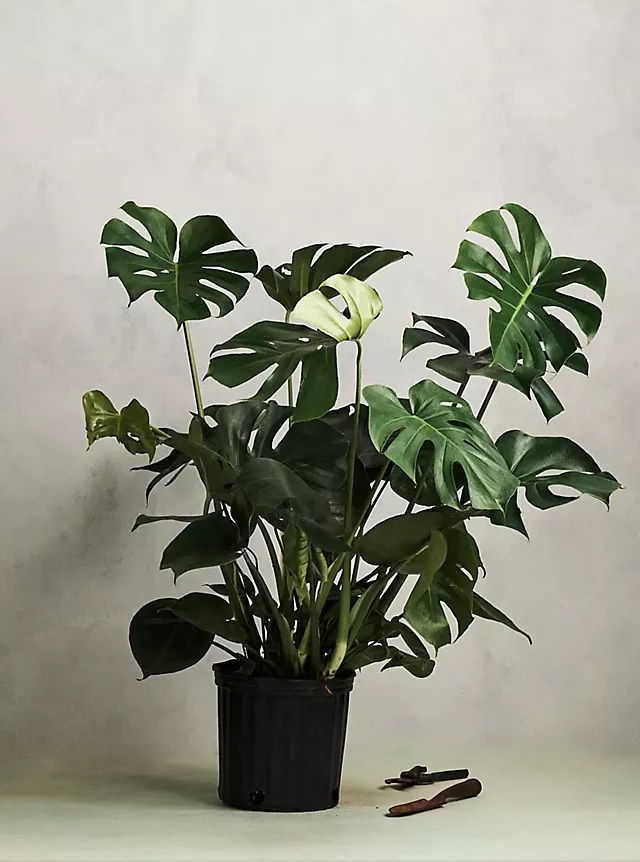
Price: $98.00
A native to the tropical Americas, the Monstera Deliciosa is perhaps the best-known specimen of this plant family. Low maintenance and easy-to-care-for, it will add a touch of wilderness to your home while simultaneously purifying your air.
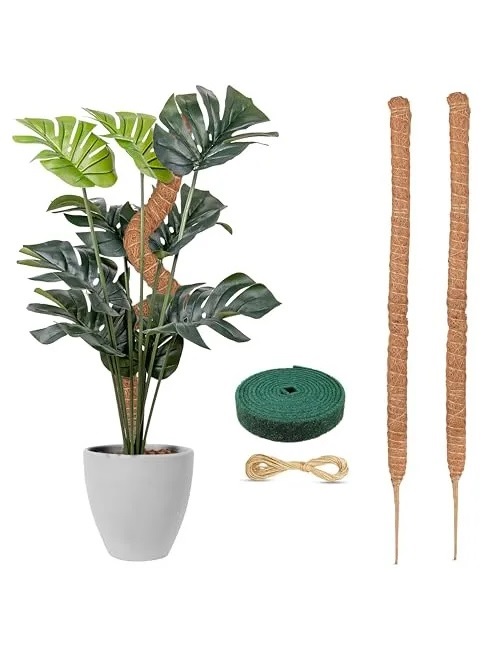
Price: $13.99 ($7.00/count)
Size: 28 '' x 2 ''
Ensuring your monstera has enough support to continue spreading safely is fundamental to preserve its longevity. Thanks to their customizable shape and easy-to-recreate setup, these moss poles will help you foster your plant's growth by protecting its air roots, favoring vertical expansion, and retaining moisture and nutrients.
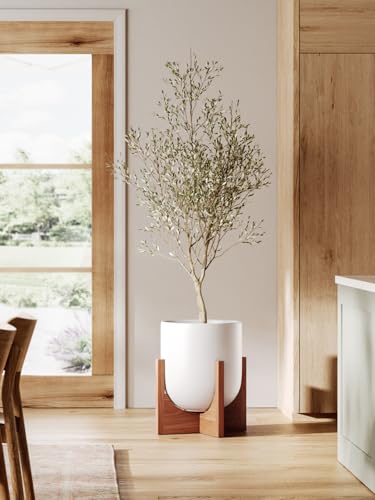
Price: $99.99 (was $119.99)
Size: 10 ''
You've got your monstera and it's been growing fast: so what's next? This Le Tauci Ceramic Plant Pot, complete with a sleek mid-century modern wooden base, will provide the perfect home for your plant to thrive in. Just make sure not to overwater it!
FAQs

Do Monsteras Like Small or Big Pots?
According to Tony, "Monsteras prefer slightly larger pots." Still, "you shouldn't 'overpot' as too much soil can retain excess water and lead to root rot." If in doubt, "choosing a pot that's just a few inches larger than the root ball is ideal," recommends the gardening expert.
Can Monsteras Go Into Shock After Repotting?
While the short answer to this dilemma seems to be yes, this shouldn't discourage you from learning how to repot a Monstera, and Tony agrees. "Swiss Cheese Plants can experience some shock after repotting, typically showing signs like drooping or yellowing leaves," he explains. This, however, "is totally normal," assures the Simplify Gardening founder. "Just maintain consistent care, and the plant should adjust within a few weeks."
What Kind of Soil Do Monsteras Prefer?
Choosing the right potting mix for your Monstera is rather self-explanatory and simple: because these plants need well-draining, nutrient-rich, and lightweight soil that's moist without being soggy, any high-quality potting mix specifically designed for houseplants should be enough to guarantee your lush home addition sufficient nurture.
Experts also recommend making your own blend by combining fresh potting soil, perlite (natural volcanic glass granules known to improve drainage and aeration), and coconut coir (a byproduct of the coconut processing industry, fostering indoor plant growth and contributing to fertile soil structure) in a 2:1:1 ratio.
Be The First To Know
The Livingetc newsletters are your inside source for what’s shaping interiors now - and what’s next. Discover trend forecasts, smart style ideas, and curated shopping inspiration that brings design to life. Subscribe today and stay ahead of the curve.

Gilda Bruno is Livingetc's Lifestyle Editor. Before joining the team, she worked as an Editorial Assistant on the print edition of AnOther Magazine and as a freelance Sub-Editor on the Life & Arts desk of the Financial Times. Between 2020 and today, Gilda's arts and culture writing has appeared in a number of books and publications including Apartamento’s Liguria: Recipes & Wanderings Along the Italian Riviera, Sam Wright’s debut monograph The City of the Sun, The British Journal of Photography, DAZED, Document Journal, Elephant, The Face, Family Style, Foam, Il Giornale dell’Arte, HUCK, Hunger, i-D, PAPER, Re-Edition, VICE, Vogue Italia, and WePresent.
-
 My 10 Favorite Designs at Milan Design Week 2025 — Out of the Hundreds of Pieces I Saw
My 10 Favorite Designs at Milan Design Week 2025 — Out of the Hundreds of Pieces I SawThere is a new elegance, color, and shape being shown in Milan this week, and these are the pieces that caught my eye
By Pip Rich
-
 Iridescence Is Chrome’s More Playful, Hard-to-Define Cousin — And You're About to See It Everywhere
Iridescence Is Chrome’s More Playful, Hard-to-Define Cousin — And You're About to See It EverywhereThis kinetic finish signals a broader shift toward surfaces that move, shimmer, and surprise. Here's where to find it now
By Julia Demer
-
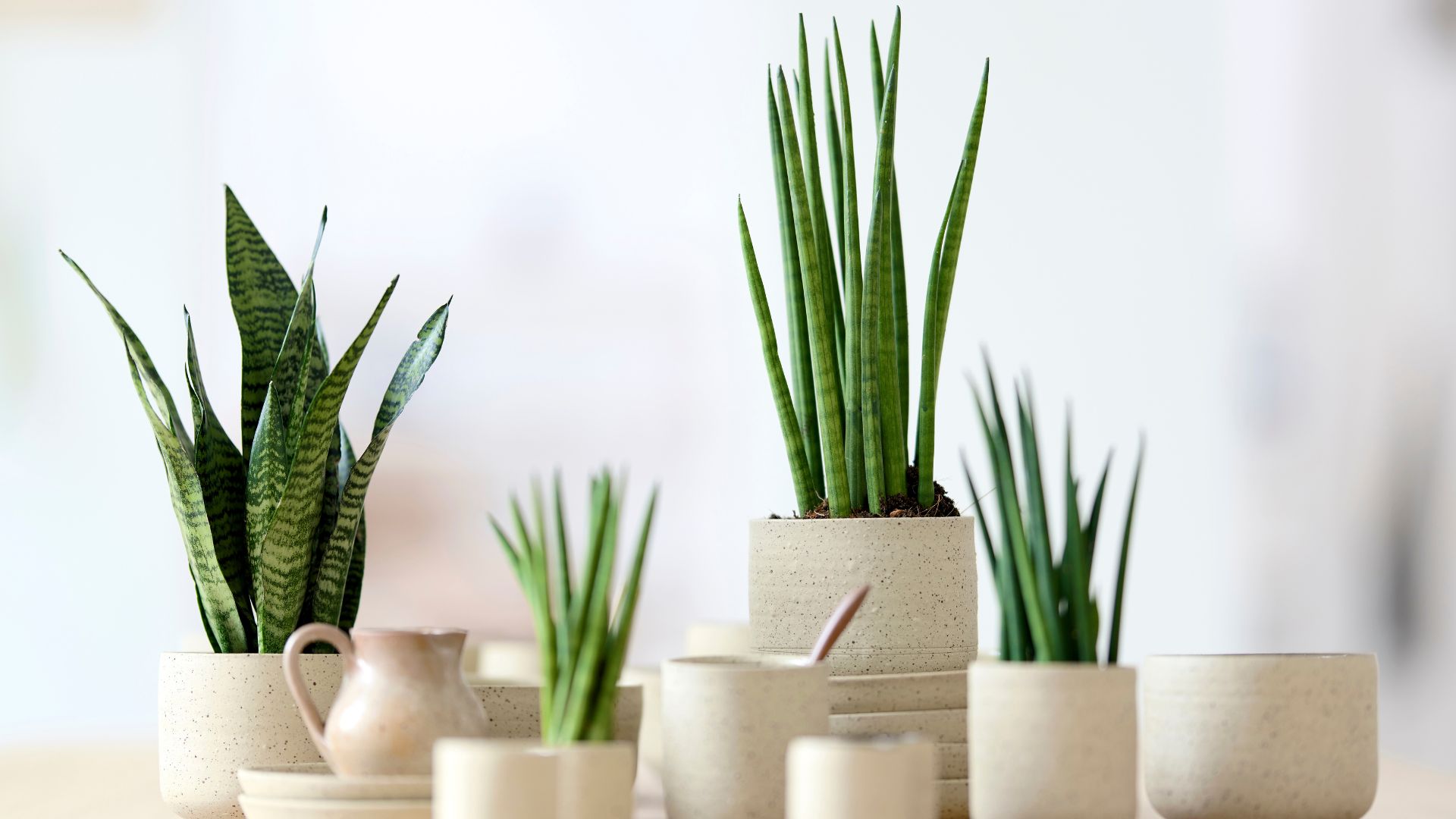 5 Japandi Plants You Should Pick for Their Minimalist and Elegant Good Looks
5 Japandi Plants You Should Pick for Their Minimalist and Elegant Good LooksEven plants can't escape this fusion of Japanese and Scandinavian aesthetics — and we're thankful for it. So here are the plants you need to tap into the trend.
By Amiya Baratan
-
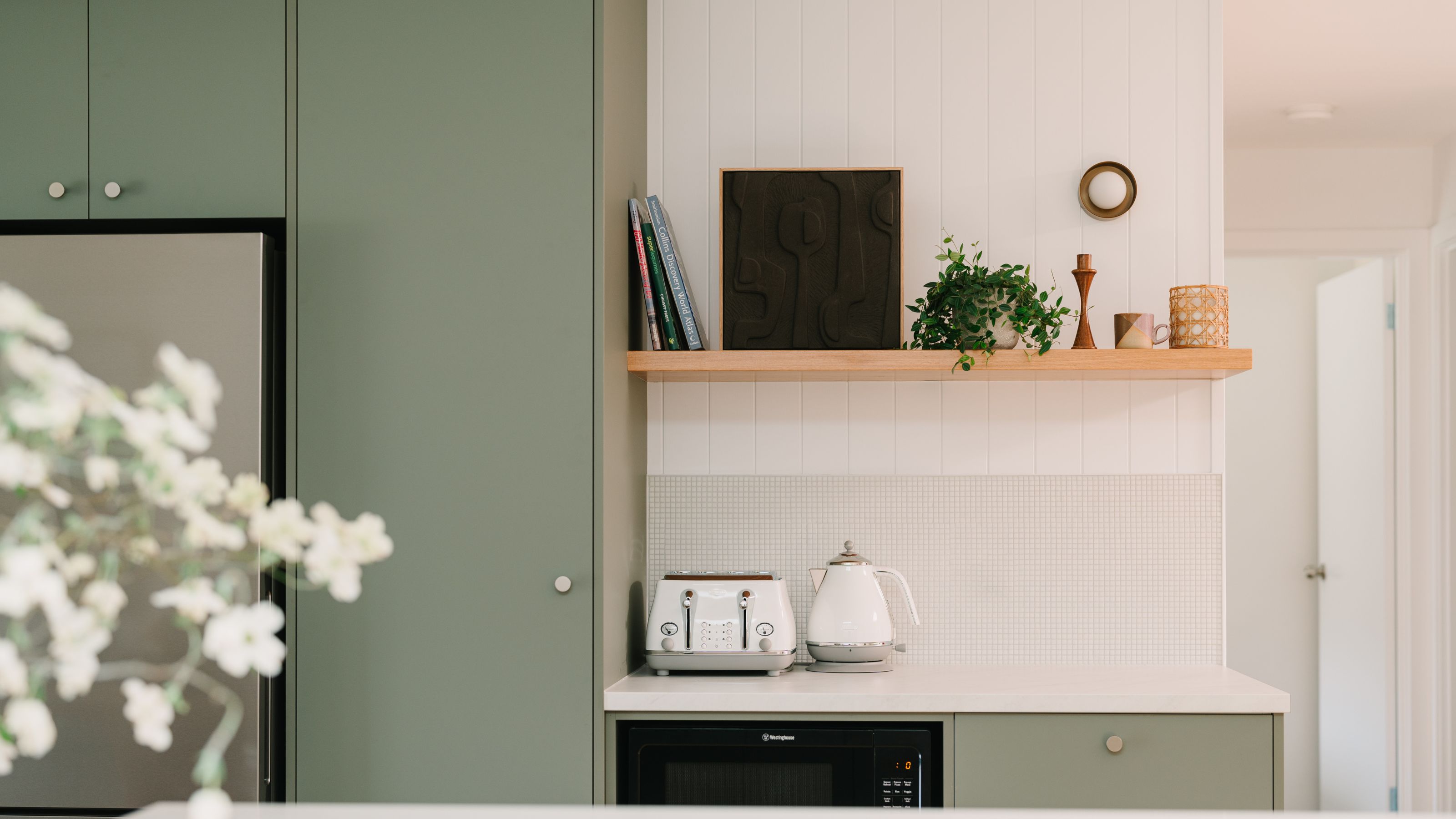 How to Survive a Kitchen Remodel — The 10 Lessons I Learned the Hard Way That Make Your Project a Lot Easier
How to Survive a Kitchen Remodel — The 10 Lessons I Learned the Hard Way That Make Your Project a Lot EasierFirst-hand advice on how to reduce overwhelm and stress during the remodeling process (from someone who's been there and done it more than once)
By Natasha Brinsmead
-
 "I'm a Plant Stylist, These Are the Mistakes Making Your Houseplants Look Messy, Awkward, and Lifeless"
"I'm a Plant Stylist, These Are the Mistakes Making Your Houseplants Look Messy, Awkward, and Lifeless"If you're guilty of any of these houseplant styling faux pas, now's the time to switch it up
By Amiya Baratan
-
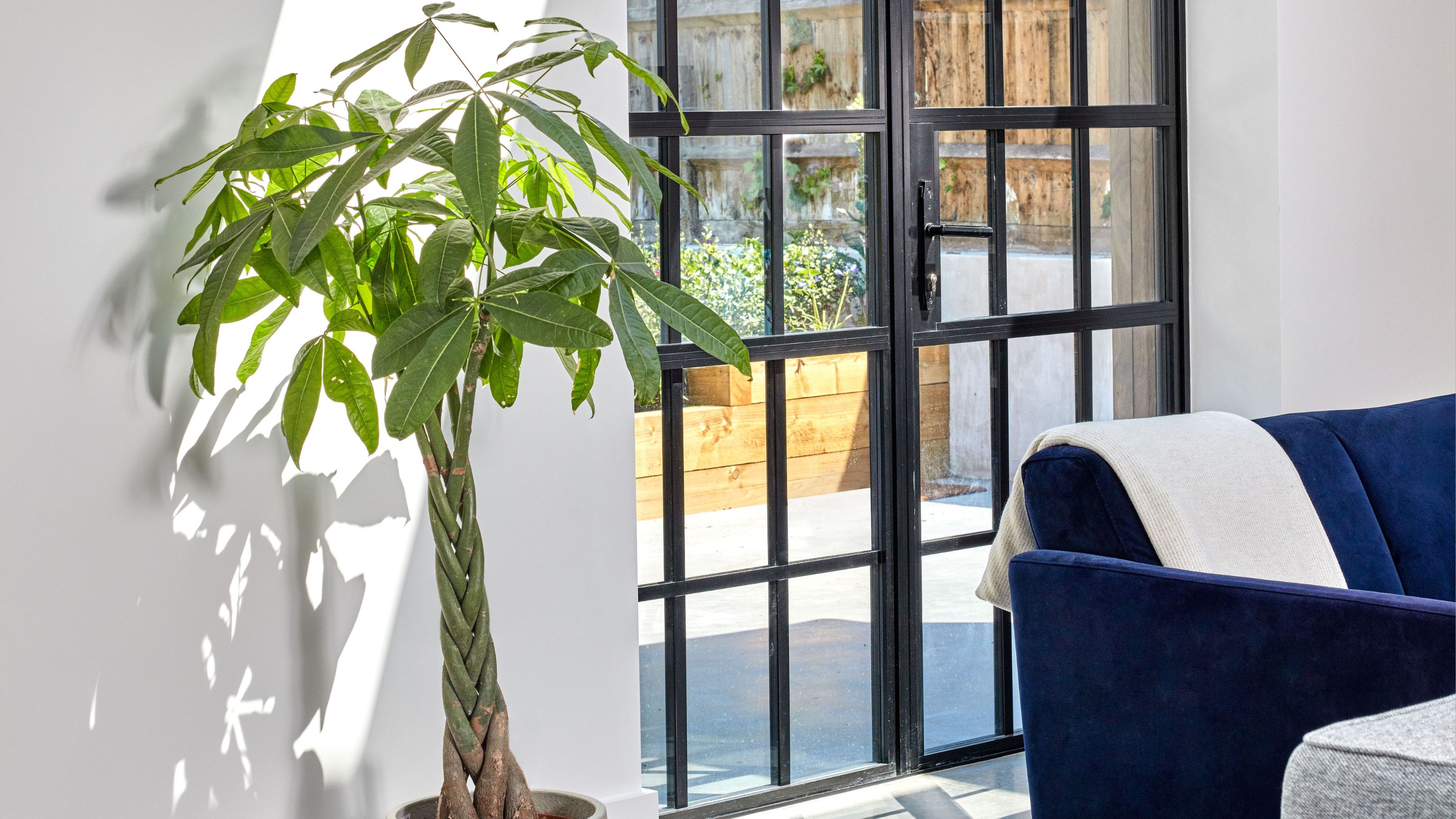 How to Look After a Money Tree — Care for This "Prosperous" Plant, and Legend Says It'll Give You Good Fortune
How to Look After a Money Tree — Care for This "Prosperous" Plant, and Legend Says It'll Give You Good FortuneMoney might not grow on trees, but you reap what you sow when it comes to the care of this classic houseplant
By Lilith Hudson
-
 "I've Grown Three Huge Fiddle Leaf Figs Without Killing This Super-Fussy Plant — It's All Down to This Watering Secret"
"I've Grown Three Huge Fiddle Leaf Figs Without Killing This Super-Fussy Plant — It's All Down to This Watering Secret"The fiddle leaf fig tree is a high-maintenance houseplant, so you need to pay close attention to its watering regime. But, our plant-loving editor has a trick, too
By Lilith Hudson
-
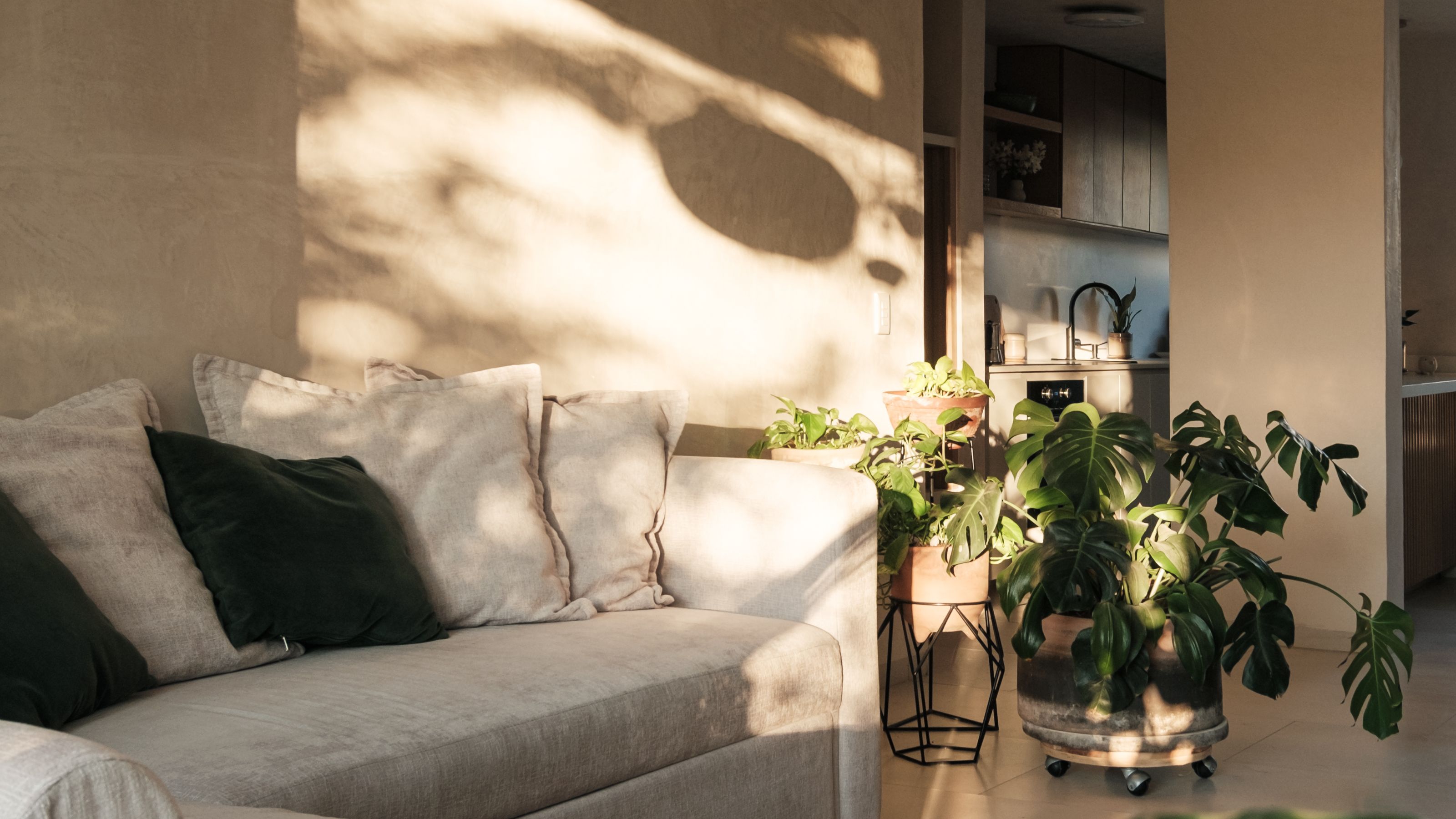 How to Prune Monstera — Horticulturists Say There Are 3 Ways to Cut Back These Structural Green Plants
How to Prune Monstera — Horticulturists Say There Are 3 Ways to Cut Back These Structural Green PlantsIt might sound counterintuitive, but cutting back your Swiss Cheese plant could be the secret to fuller-looking foliage
By Lilith Hudson
-
 Why Is My Fiddle Leaf Fig Drooping? Plant Experts Share 5 Common Causes —And Easy Tips to Revive Your Plant
Why Is My Fiddle Leaf Fig Drooping? Plant Experts Share 5 Common Causes —And Easy Tips to Revive Your PlantThis architectural houseplant offers brilliant displays of foliage, but limp leaves are a tell-tale sign your leafy green is unhappy
By Lilith Hudson
-
 How to Stop a Poinsettia Dropping Leaves — The Mistakes You're Making That Are "Stressing" Your Plant
How to Stop a Poinsettia Dropping Leaves — The Mistakes You're Making That Are "Stressing" Your PlantChristmas may be over, but your poinsettias can thrive into the new year — this expert shares the cause, and remedy, for your plant dropping leaves
By Olivia Wolfe